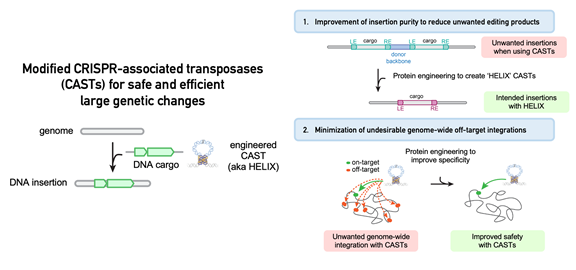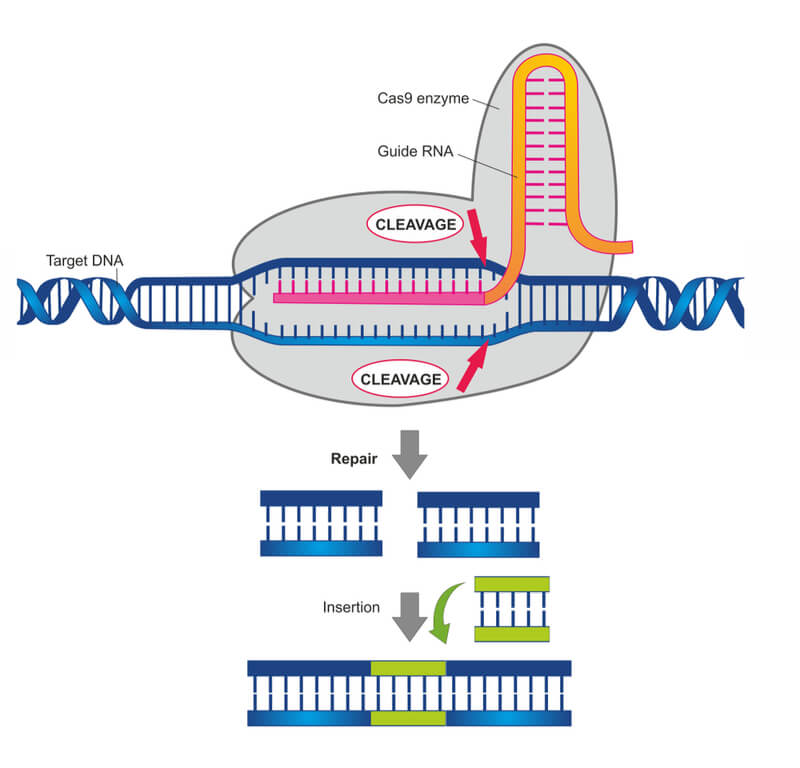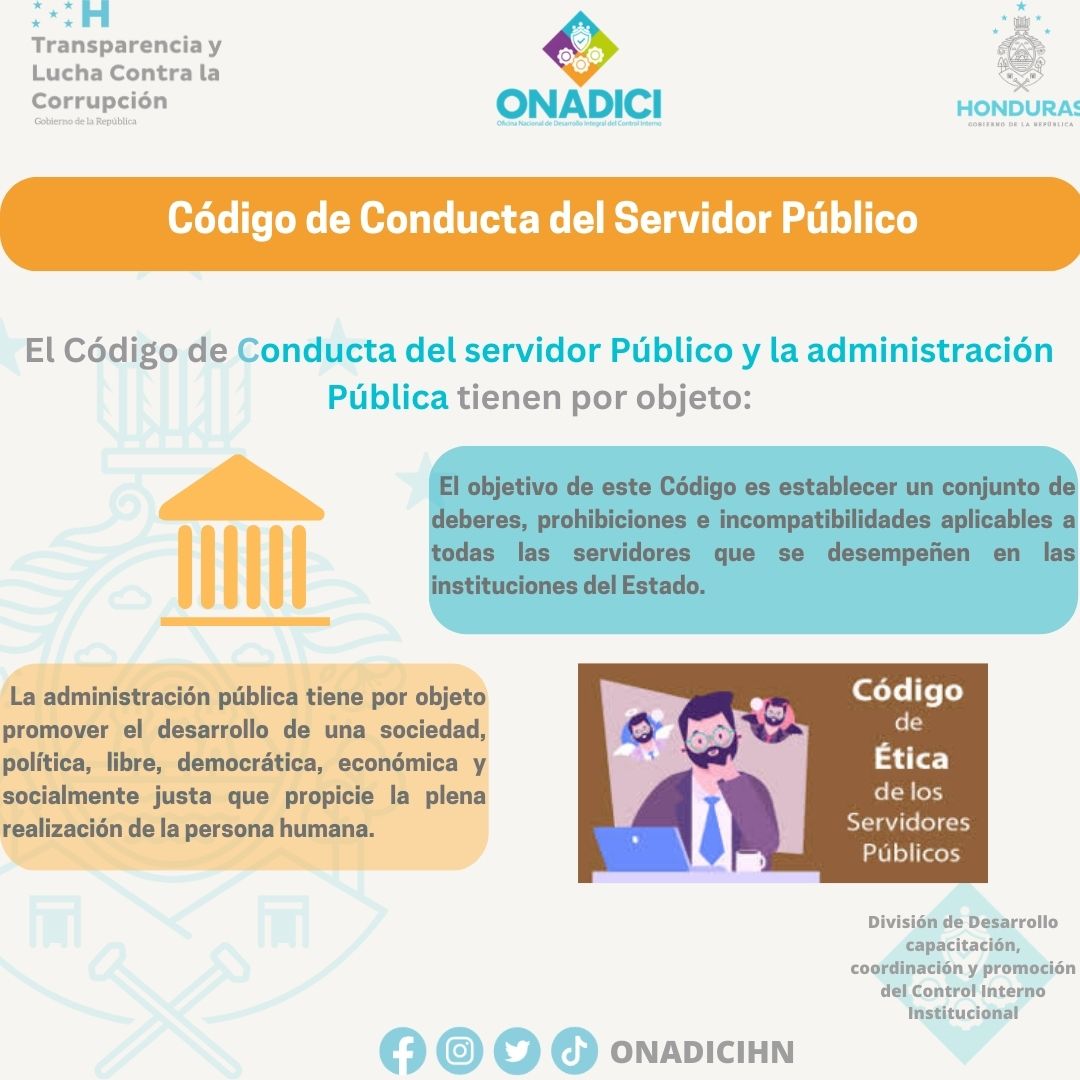CRISPR Gene Editing: Inserting Entire Genes Into Human DNA

Table of Contents
Understanding the CRISPR-Cas9 System for Gene Insertion
CRISPR-Cas9 is a revolutionary gene-editing system derived from a bacterial defense mechanism. It utilizes a guide RNA (gRNA) molecule, which acts like a GPS, to direct the Cas9 enzyme—molecular scissors—to a specific location on the DNA. The Cas9 enzyme then cuts the DNA at the targeted site, allowing for gene editing or insertion. While gene editing typically focuses on repairing or modifying existing genes, gene insertion involves adding entirely new genetic material. This process is significantly more complex and faces greater challenges than simple gene editing. Precise gene insertion requires accurate targeting to avoid off-target effects and efficient integration of the new genetic material into the genome.
- Mechanism of action: The CRISPR-Cas9 system operates through a series of steps: target recognition by the gRNA, DNA double-strand break creation by Cas9, and subsequent DNA repair.
- Types of gene insertion: Two primary DNA repair pathways are involved in gene insertion: homology-directed repair (HDR), which utilizes a donor DNA template for precise insertion, and non-homologous end joining (NHEJ), which is less precise and prone to errors.
- Advantages and limitations of CRISPR for gene insertion: CRISPR offers high specificity and efficiency compared to older gene editing techniques, but challenges remain in ensuring accurate insertion, minimizing off-target effects, and achieving consistent results across different cell types.
Applications of CRISPR Gene Editing for Gene Insertion in Human Cells
The potential therapeutic applications of CRISPR gene editing for gene insertion in human cells are vast. This technology is being actively explored for various diseases where introducing a functional gene could alleviate symptoms or cure the condition.
- Gene therapy for genetic diseases: CRISPR gene insertion holds significant promise for treating genetic diseases like cystic fibrosis (CF), where a faulty gene can be replaced with a functional copy, and hemophilia, where a functional clotting factor gene can be introduced.
- Immunotherapy and cancer treatment: CRISPR is being used to engineer immune cells, such as CAR T-cells, to enhance their ability to target and destroy cancer cells. Gene insertion is crucial for adding specific receptors or genes to these immune cells.
- Treatment of infectious diseases: Researchers are exploring the use of CRISPR to modify genes that make individuals more susceptible to certain infections or to enhance the body's immune response against pathogens.
Current clinical trials are underway evaluating the safety and efficacy of CRISPR-based gene insertion therapies for various diseases. While still in early stages, the progress made so far is very encouraging. The advantages over traditional gene therapy approaches include higher precision, potentially lower immunogenicity, and the ability to target multiple genes simultaneously. However, challenges remain, including efficient delivery of the CRISPR-Cas9 system and the donor DNA to target cells, as well as managing potential off-target effects.
Challenges and Ethical Considerations in CRISPR Gene Insertion
Despite its remarkable potential, CRISPR gene insertion faces significant challenges and ethical considerations.
- Ethical implications of altering the human genome: Germline editing, which modifies genes in reproductive cells, raises serious ethical concerns about unintended consequences for future generations. Somatic cell editing, which affects only non-reproductive cells, poses fewer ethical dilemmas but still requires careful consideration.
- Risk of unintended mutations and consequences: Off-target effects, where CRISPR modifies unintended genomic locations, can have unpredictable and potentially harmful consequences.
- Need for robust safety testing and quality control measures: Rigorous testing and quality control are essential to ensure the safety and efficacy of CRISPR-based therapies before they can be widely used in humans.
Improving CRISPR Technology for Safer and More Efficient Gene Insertion
Significant advancements in CRISPR technology are aiming to improve its safety and efficiency for gene insertion.
- Specific examples of improved CRISPR systems: Researchers are developing high-fidelity Cas9 variants with reduced off-target activity and improved targeting accuracy. Base editing and prime editing technologies offer alternative approaches for precise gene modifications with lower risk of double-strand DNA breaks.
- Advantages of newer gene editing technologies: These advanced technologies offer increased precision, reduced off-target effects, and the ability to make more subtle gene modifications.
- Future directions in CRISPR research for gene insertion: Future research focuses on developing more efficient gene delivery systems, improving targeting specificity, and addressing the challenges of integrating large DNA sequences into the genome.
The Future of CRISPR Gene Editing and Gene Insertion
CRISPR gene editing, particularly its application in gene insertion, holds immense potential for revolutionizing human health. Its ability to treat genetic diseases, enhance immunotherapy, and combat infectious diseases is truly transformative. However, the ethical considerations and challenges associated with off-target effects, delivery systems, and germline editing require ongoing attention and careful regulation. Continued research and development are essential to refine CRISPR technology, making it safer, more efficient, and more widely accessible. We encourage you to learn more about the exciting developments in CRISPR gene editing and its potential to revolutionize human health. Explore related resources or contact experts for more information on the latest in gene insertion techniques.

Featured Posts
-
 New Crispr Modification Enhanced Gene Editing Accuracy And Effectiveness
May 30, 2025
New Crispr Modification Enhanced Gene Editing Accuracy And Effectiveness
May 30, 2025 -
 Sinner Vs Djokovic Key Matches In The French Open
May 30, 2025
Sinner Vs Djokovic Key Matches In The French Open
May 30, 2025 -
 Noticias Ticketmaster 8 De Abril Caida Del Servidor Y Consecuencias
May 30, 2025
Noticias Ticketmaster 8 De Abril Caida Del Servidor Y Consecuencias
May 30, 2025 -
 Hoffenheims Kramaric Penalty Secures Draw Against Augsburg
May 30, 2025
Hoffenheims Kramaric Penalty Secures Draw Against Augsburg
May 30, 2025 -
 Alasan Kawasaki Z900 Dan Z900 Se Lebih Murah Di Indonesia
May 30, 2025
Alasan Kawasaki Z900 Dan Z900 Se Lebih Murah Di Indonesia
May 30, 2025
Latest Posts
-
 Alcaraz Through To Barcelona Open Round Of 16 Following Ruud
May 31, 2025
Alcaraz Through To Barcelona Open Round Of 16 Following Ruud
May 31, 2025 -
 Racial Abuse Case Beautician Receives No Jail Time
May 31, 2025
Racial Abuse Case Beautician Receives No Jail Time
May 31, 2025 -
 Musks Dogecoin Support No Regrets Over Trump Administration Involvement
May 31, 2025
Musks Dogecoin Support No Regrets Over Trump Administration Involvement
May 31, 2025 -
 Elon Musks Cost Cutting 101 Million In Dei Spending And 8 Million On Transgender Mice Eliminated
May 31, 2025
Elon Musks Cost Cutting 101 Million In Dei Spending And 8 Million On Transgender Mice Eliminated
May 31, 2025 -
 Elon Musks Pressure Campaign Did Trumps Team Block An Open Ai Uae Deal
May 31, 2025
Elon Musks Pressure Campaign Did Trumps Team Block An Open Ai Uae Deal
May 31, 2025
